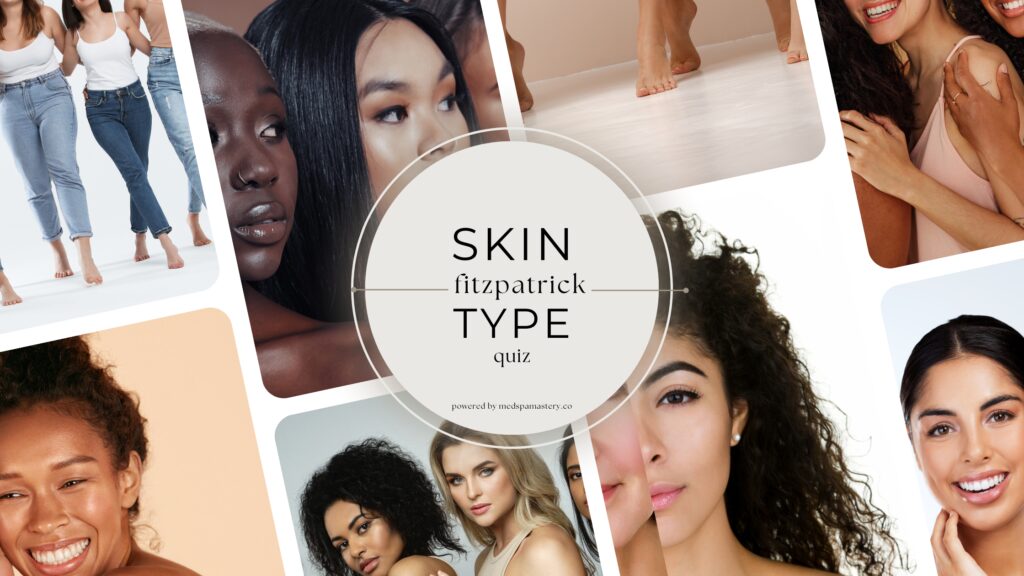CO2 Scar Revision
Non-Surgical Skin Rejuvenation
CO2 Laser Treatments
Our CO2 laser scar revision procedure
If you’re looking for a way to treat scars, laser scar revision might be a viable option. This method has been proven effective in improving both the texture and pigment of your skin and its functional aspects. Fractionated CO2 laser resurfacing is an advanced technique that can help significantly enhance the appearance of treated skin, even if you’re dealing with raised hypertrophic scars. The result is a more uniform and aesthetically pleasing look.
Frequently Asked Questions about our CO2Laser Scar Revision Treatment
What is the CO2 Laser Scar Revision Treatment?
Our Oregon Med Spa and Wellness Laser Center is excited to offer our patients an innovative laser treatment that promises to revolutionize how we address traumatic scars, surgical scars, and previous burn injuries. Our CO2 laser combines the safety of fractionated laser therapy with the unparalleled efficacy of carbon dioxide laser treatments. This groundbreaking technology uses microscopically small but deeply penetrating CO2 laser “microbeams” to rehabilitate scarred tissue and stimulate the body’s production of new, healthier collagen in the skin. In addition, many of our patients also opt for a second, more superficial laser pass to blend color imperfections and refine the skin’s texture.
CO2 laser resurfacing is a viable option for scar revision, depending on the type and severity of the scar. Mild scarring can be treated with topical creams, while larger traumatic and burn scars may require grafting. Laser scar revision, specifically fractionated CO2 laser resurfacing, effectively improves skin texture, pigment, and function. The treatment can also help to make raised hypertrophic scars appear more uniform. In addition, patients appreciate that the laser can safely treat areas other than the face.
After undergoing this treatment, patients may experience significant swelling, redness, and some serum oozing from the treated skin’s surface for a few days due to the tiny openings produced by this device. However, healing is relatively rapid, with minimal care required for about a week, and the redness of the treated skin typically resolves over the subsequent week. Not only will patients’ appearance be substantially improved after only about ten days, but it will also continue to improve for months after this unique laser therapy as the treated skin produces more collagen.
After laser resurfacing, patients will have a Telfa® dressing applied to the treatment sites for 24 hours. Following this, it is recommended that the areas be cleaned two to five times a day with either saline or a dilute vinegar solution, with an ointment such as Vaseline®, Eucerin®, or Aquaphor® being applied afterward. This wound care is crucial in preventing scab formation, which can lead to scarring and extend the healing time. Typically, the areas will heal within 10 to 21 days, depending on the condition being treated. To reduce swelling, patients are advised to sleep on an extra pillow at night and apply ice packs within the first 24 to 48 hours. Lastly, it is highly recommended that patients quit smoking as it has been known to have harmful effects on the healing process.
After laser treatment, it’s possible to see small white bumps called milia during the healing process. A gentle cleanse with a washcloth can remove them. Acne flares may also happen and can be treated with traditional acne therapies. The treated areas may develop hyperpigmentation or, more rarely, hypopigmentation. For hyperpigmentation, a bleaching cream can help fade the pigment. Hypopigmentation is harder to treat, though. If you’re having laser resurfacing around the mouth, you might experience a cold sore outbreak. To prevent this, consider taking an antiviral medication before and after treatment. Likewise, taking antibiotics before and after the procedure can prevent bacterial infections. Swelling after the procedure is normal and can be lessened with intramuscular steroids. Finally, while it’s rare, scarring can occur in the treated areas.
What are the results after treatment?
- Tighter skin
- Improve pigmentation concerns
- Diminishes fine lines and moderate wrinkles
- More youthful and smoother skin
- Smaller pores
- Improved skin clarity
- Minimizes scar appearance
Make An Appointment
Call today for your free consultation. All you need to do is pick up your phone and give us a call at (541) 342-7483.


